[This article was first published on carbuyer.com.sg]
The twin-turbo V6 engined Kia Stinger shows us that internal combustion engines still rule when it comes to driving character
First up, it’s important not to confuse the Kia Stinger GT being featured here with the Kia Stinger GT Line. That extra four-letter word attached to the name marks the difference between the car with the 2.0-litre turbo engine and this one, with a 3.3-litre, twin-turbo V6. They’re all petrol, with not a hybrid in sight and possibly the only Asian cars that will ever challenge the dominance of the German grand tourers here.
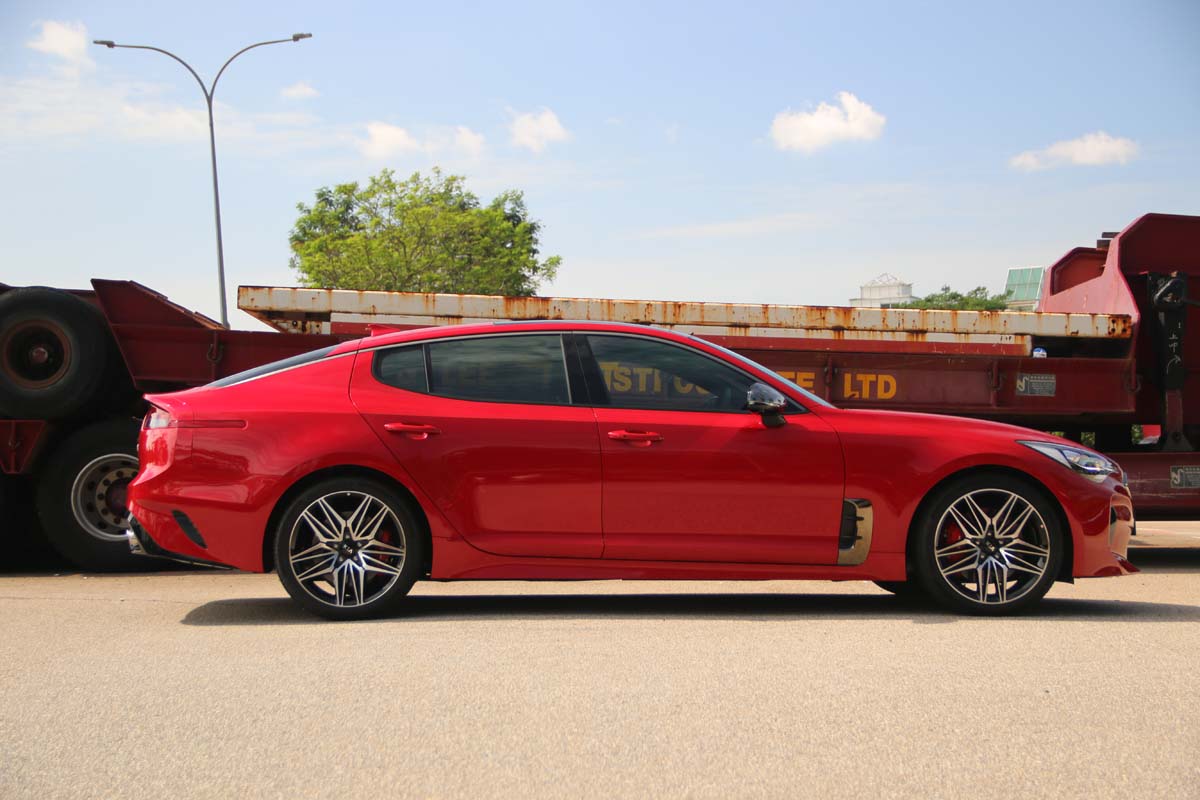
The base model 2.0-litre turbo is already plenty for those shopping in this category, but a 3.3-litre twin turbo V6 rear-wheel driven car for around S$240,000 is quite something else.
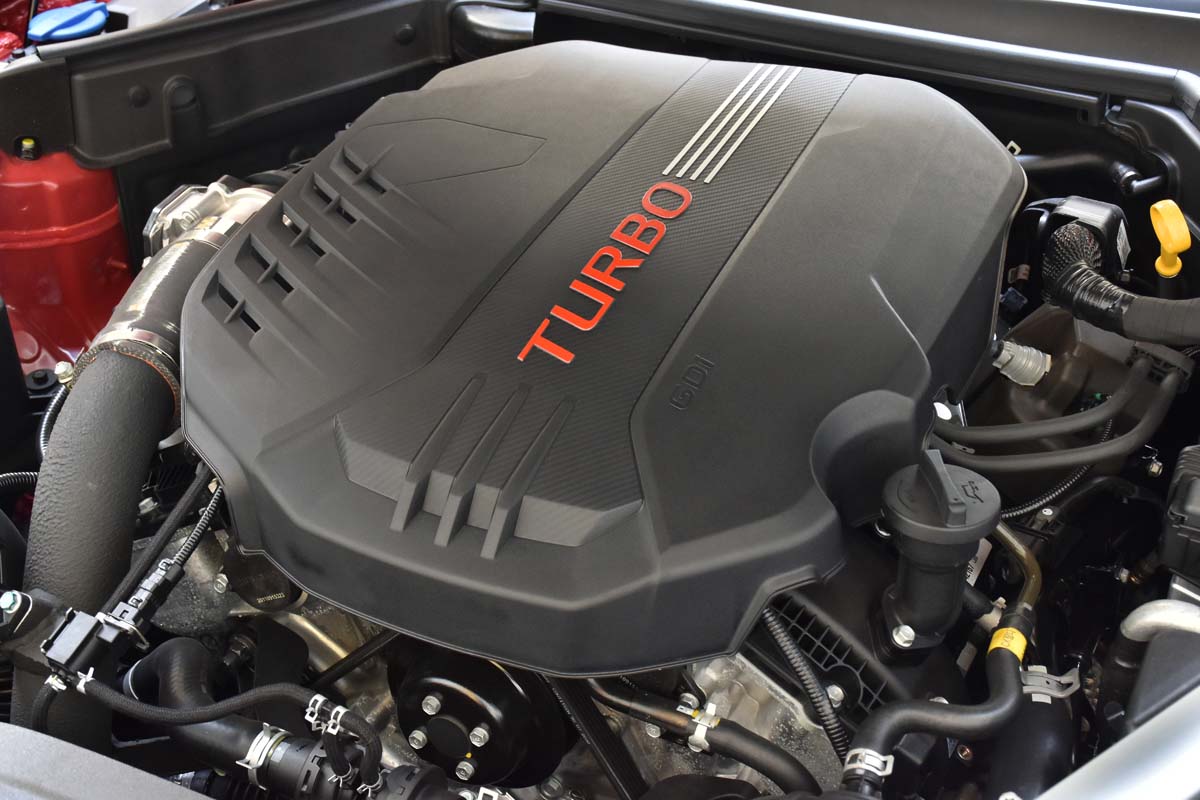
It’s a midlife facelift of the design that was first launched in 2018, and in the usual tradition of automotive makeovers it gets redesigned exterior trim along with updated software and ergonomic improvements inside the car. The rear end now features a full-width light bar, all set to be the next big thing in automotive trends.
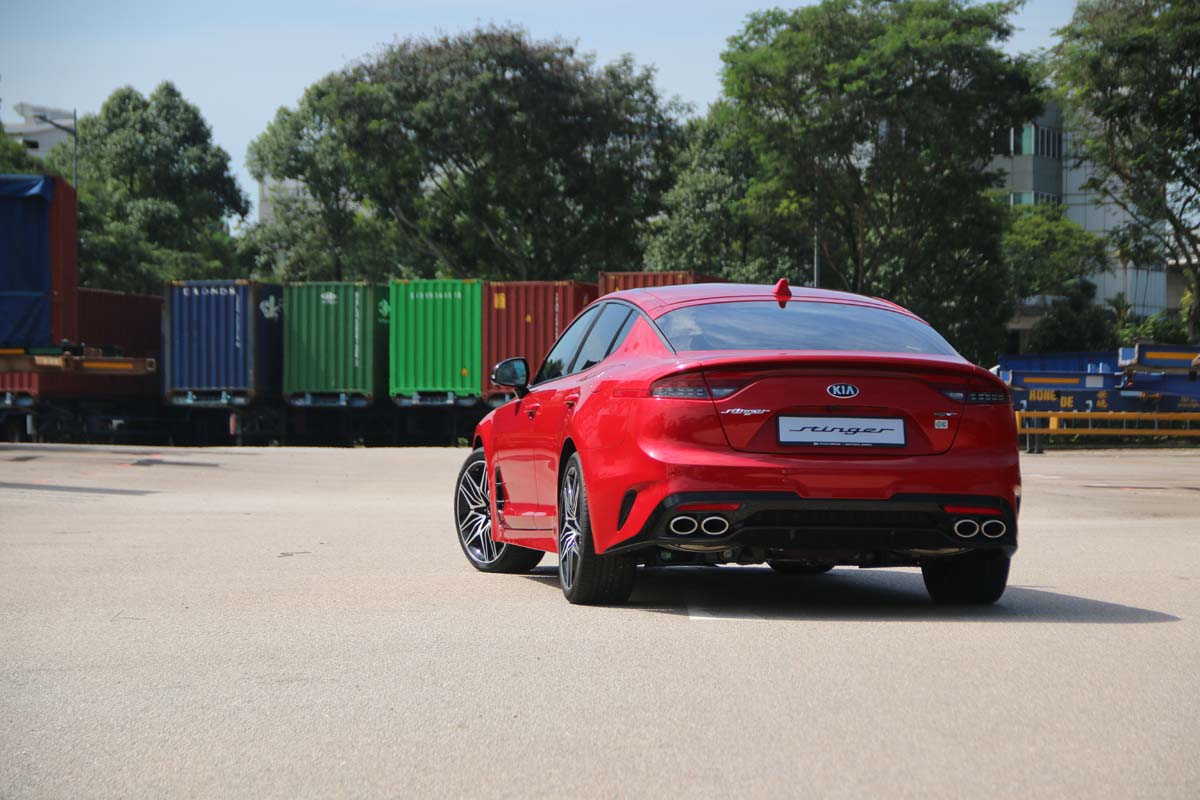
Forget about all the electric and hybrid talk for now, and let’s just focus on how Kia has managed to pack a solid driver’s car into a large five-door liftback body. It’s important to note here that this isn’t some lame BMW copy. The Stinger is actually designed by BMW’s ex-head of engineering. When you want the best, you get the best to design it.
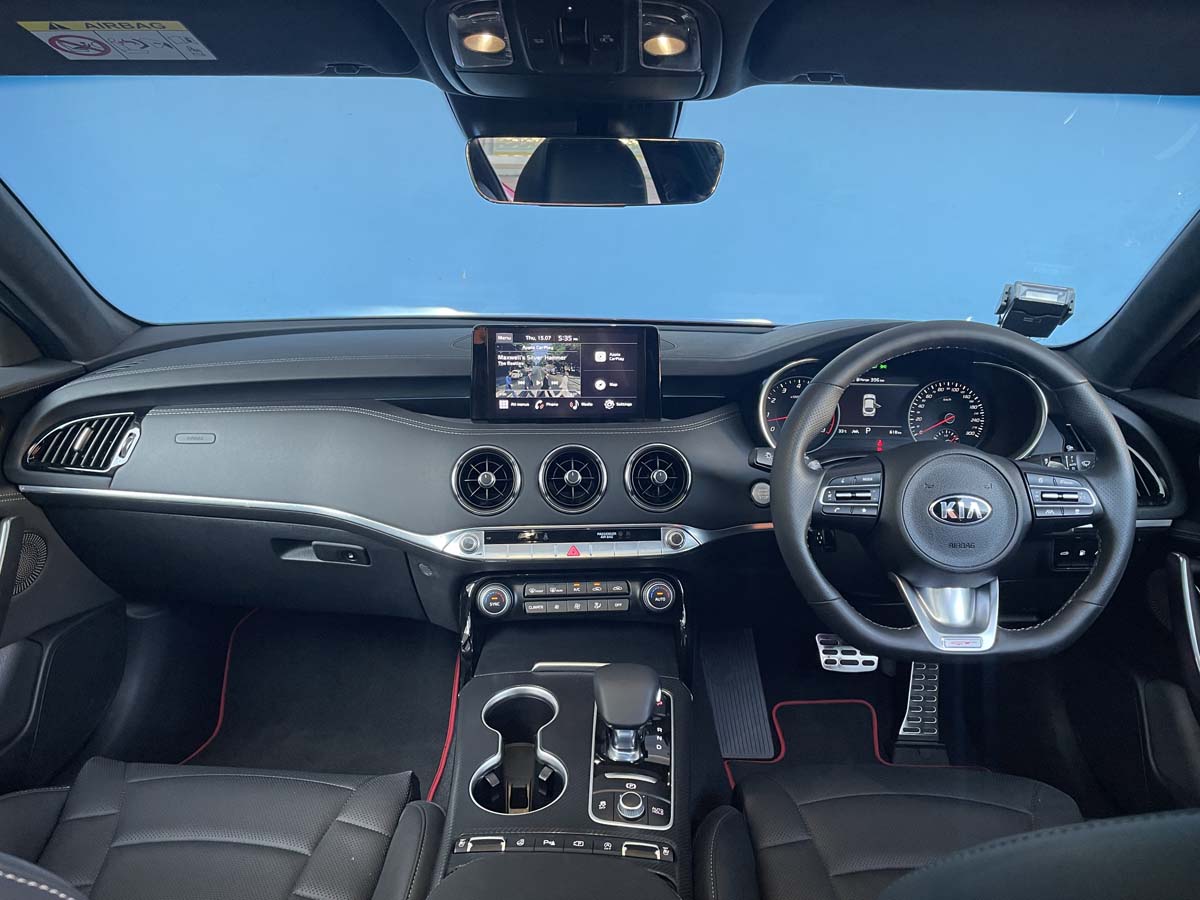
The spacious and comfortable cabin is pretty much identical to that of the GT Line variant, and that’s more than S$30k cheaper than this 3.3-litre twin-turbo V6. So the point here is that the Kia Stinger GT is very much a niche car. The towkays and wannabe towkays will go straight to a base model Mercedes-Benz -Class which costs less but has that all-important big brand badge on the nose, and BMW’s loyal customers will point out that the 530i isn’t much more expensive than the Stinger GT.
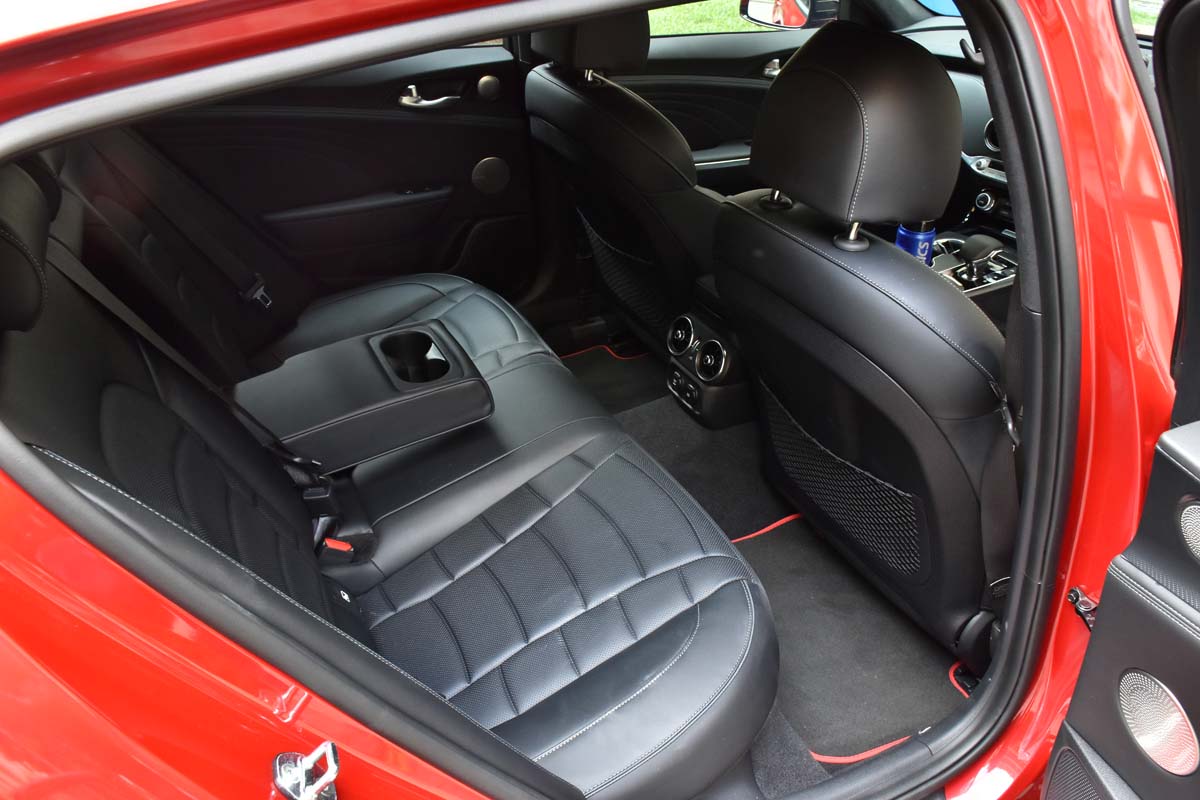
Yet neither of them can match the Stinger GT’s 365 horsepower output, and that car is much more focused and fun to drive than any entry-level C-Class from Mercedes-Benz. The argument may be that modern electric cars can punch harder and operate much more efficiently, but the bellow of the Kia’s twin-turbo V6 is unmatched. To get the same amount of power from a German car you’ll need to reach for an Audi A6 3.0 or the now phased-out BMW 540i M Sport, both which cost around S$100k more than the Stinger when new.
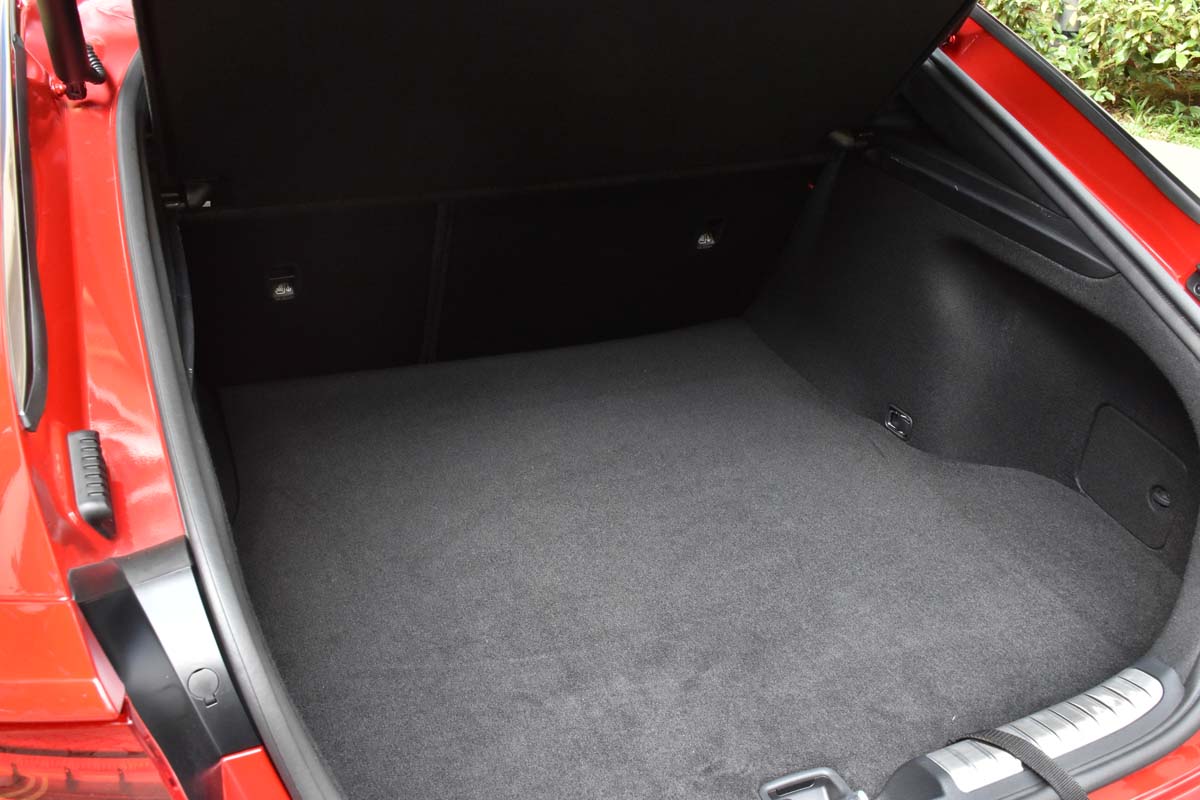
The Stinger GT is a properly muscular car with build quality that’s almost on par with the Germans. It’s smooth on the highway and there’s always a sense of the car having plenty of power still in reserve. In the standard Comfort or Smart drive mode it’s as refined as you would expect for a car in this class category. Loosening the reins a little in Sport mode will really bring out the true character of the car however. The rear end will slide with a little provocation, and given the massive amount of torque available from the engine and length of the car, it’s not something you’ll want to try on a public road because it has potential to be a seriously wild car when the electronic nannies are switched off.
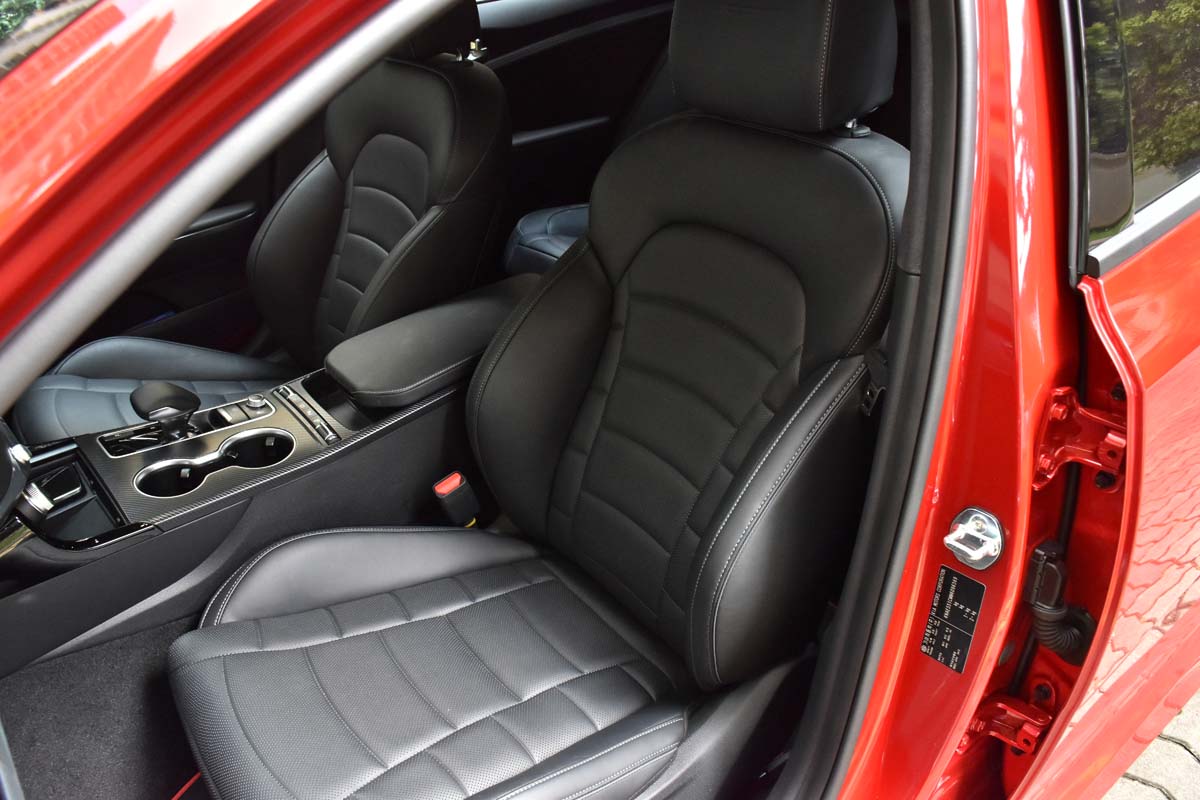
In Sport and Sport+ modes, the front seat side bolsters automatically close up around you too, keeping you firmly in the seat during sporty driving.
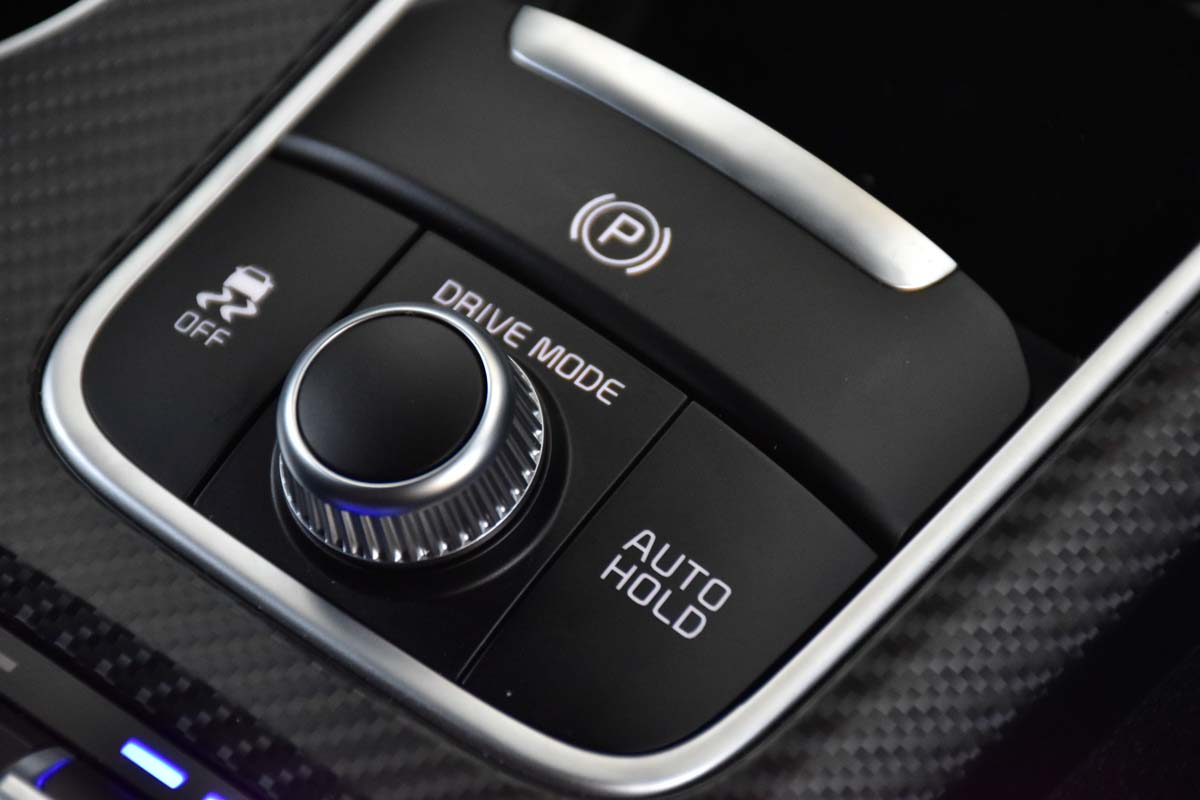
The 0 to 100km/h dash of 4.9 seconds may seem a little slow in context with similarly powered competition, but many of the others trade on four-wheel drive traction. The Stinger GT on the other hand is a traditional front-engined, rear-wheel drive car so what it gives away in traction, it gives back in the ability to really break loose and properly burn rubber when you want the car to.
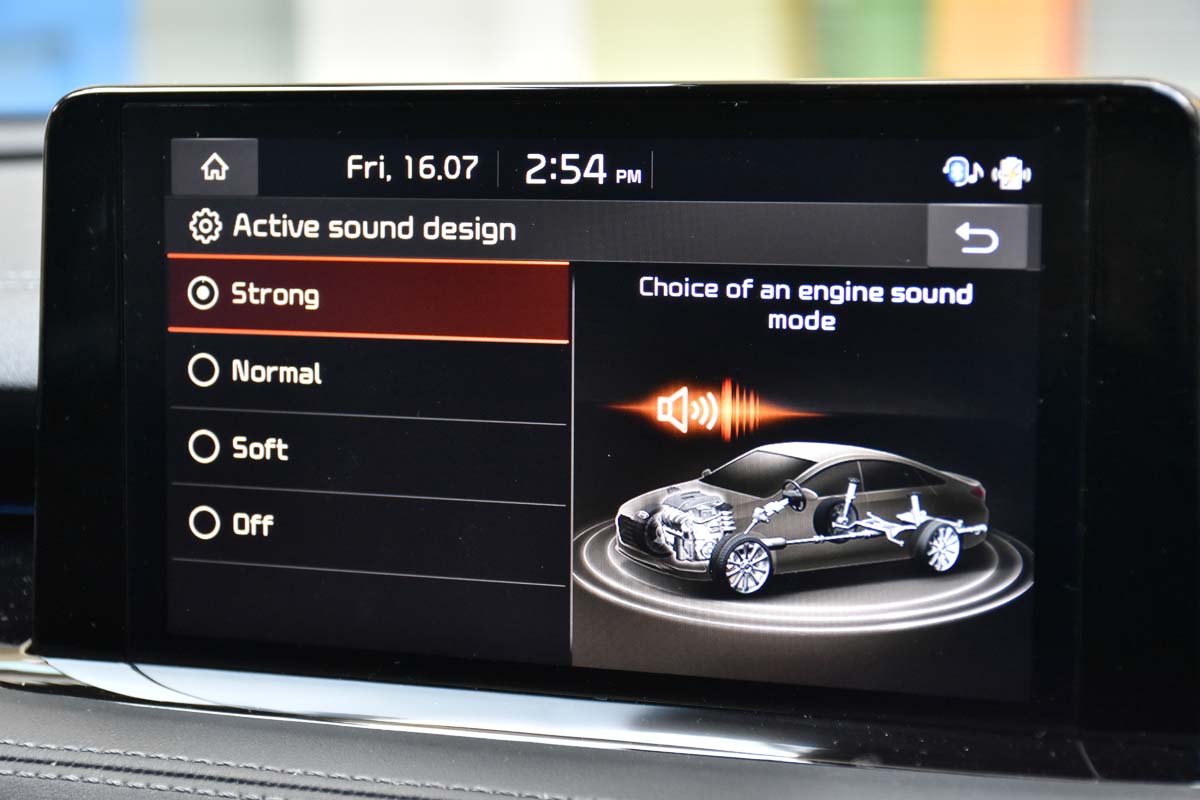
The car has very few negative things that one could pick on. All round visibility is a little lacking if you’re more accustomed to the view out of an SUV, but Kia’s nifty blind spot camera activates with the use of the indicators. The view of what’s happening at spots you cannot see is directly projected into the instrument cluster so that solves the problem right away.
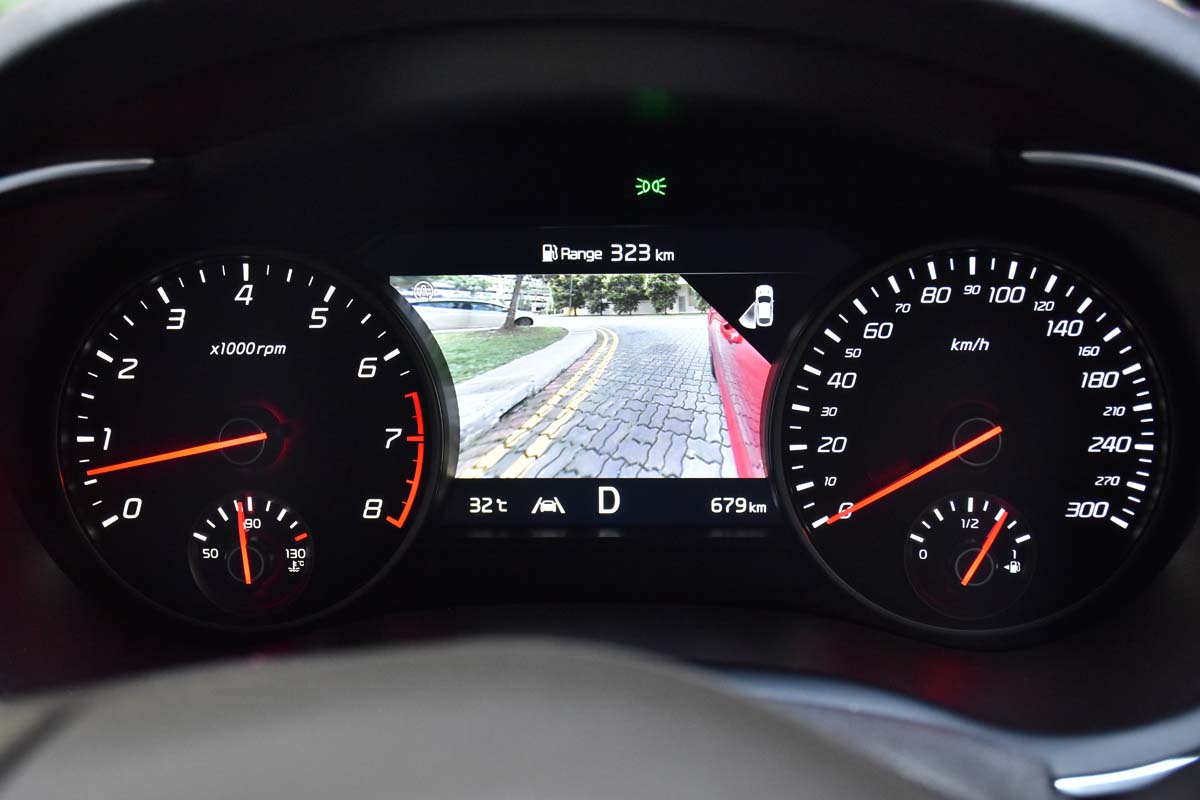
Drivers may also be a little disappointed to see a pair of analog dials for the tacho and speedometer in this age of video screen everything, but there’s a useful multi function display situated between the two main dials. The heads-up display is also a nice addition.
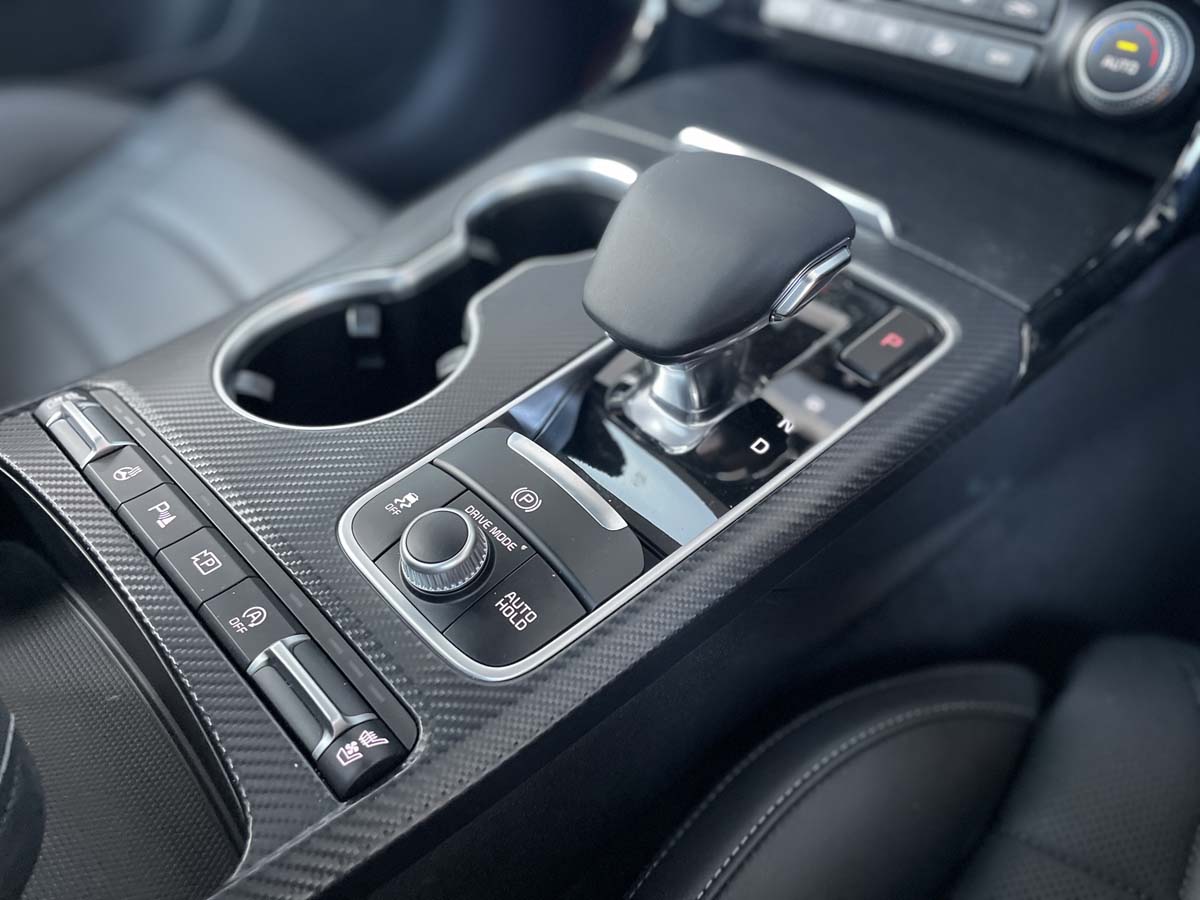
Of course, given the size of the engine, fuel economy isn’t one of the Stinger GT’s strong points. Expect around 10.4l/100km in daily commuting, but if you do a lot of highway cruising this can really dip to 9.0l/100km as larger engines are more efficient at constant cruising speeds. The tall eighth gear of the auto transmission is also very helpful for this.
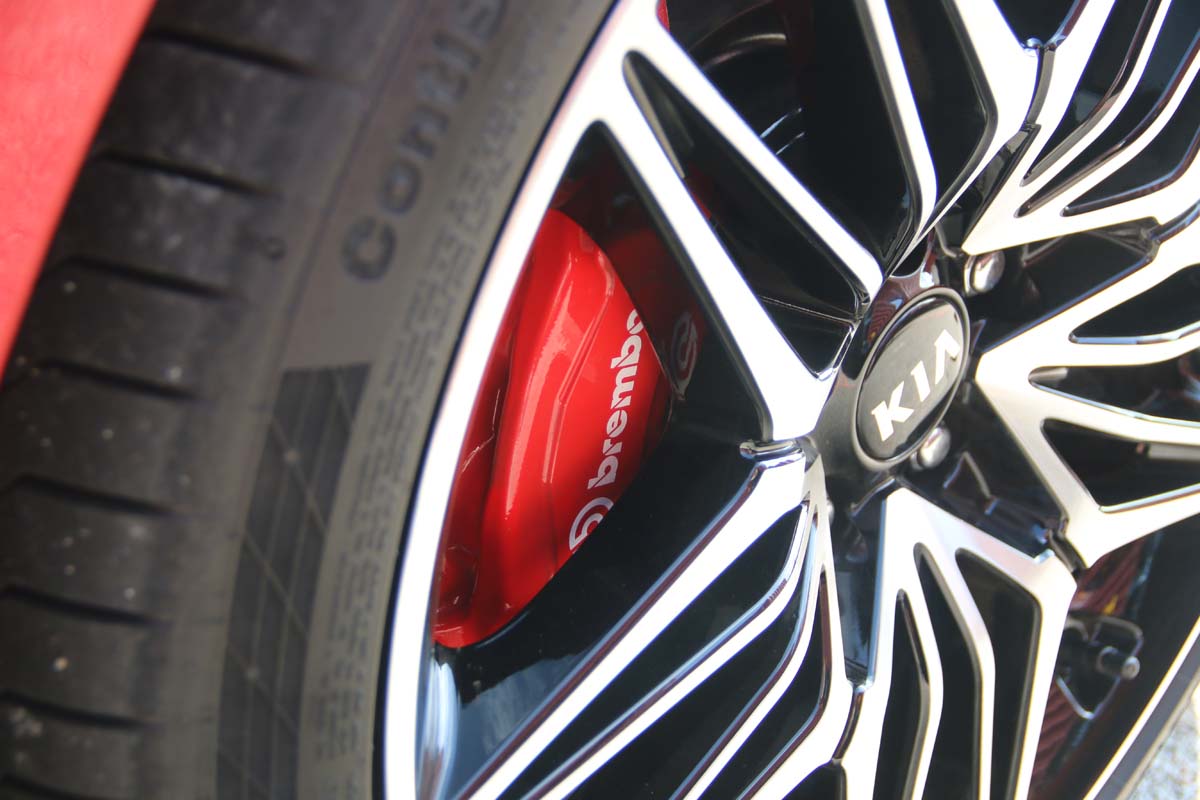
It’s a genuine driver’s car with the ability to cruise and swallow luggage like the best family sedan you can find out there. The best way to look at the Stinger GT is really as a German grand tourer but without that eye-watering upfront price tag. There’s still the matter of a hefty road tax and insurance, but being a Kia you can expect maintenance costs to be lower compared to the usual German luxury brands too.
Above all, it’s a seriously fast and refined vehicle, and when the drive matters more to you than the badge on the nose, there’s nothing that drives as well and carries as much road presence as this car in this price bracket.
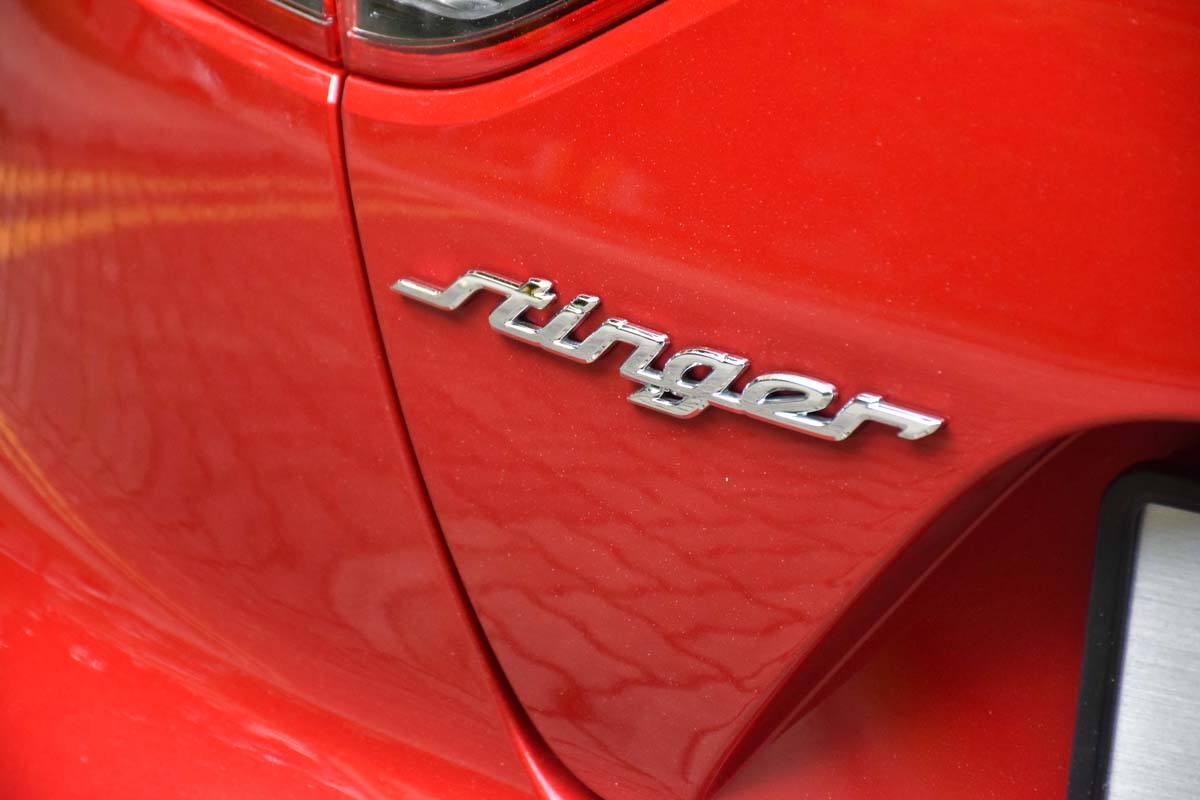
[Source article: carbuyer.com.sg/2021-kia-stinger-gt-review-singapore-price]
